Here are some of the flora and fauna native to our Islands.
Although we rarely see them nowadays, Malta has many endemic species of flora and fauna. Most of these were once widespread but, for a number reasons, they have drastically diminished in numbers. Some of them are even considered to be endangered, or worse, extinct!
Having said that, here are ten of Malta’s best-known endemic species of both flora and fauna:
1. The Painted Frog / Iż-Żrinġ (Adult) u l-Marżepp (Tadpole)
(Discoglossus pictus pictus)
Endemic to Malta and Sicily, the Painted Frog is ‘the only naturally-occurring amphibian in the Maltese Islands’. This frog used to be commonly found in valleys, agricultural land, and any locality with a source of freshwater – and it would retreat to damp areas during the summer.
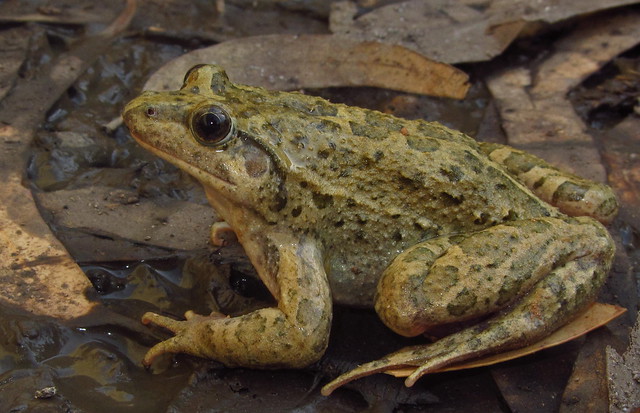
Unfortunately, the Painted Frog has become a rare sight due to the scarcity of freshwater habitats, the drought during dry seasons, as well as many human related impacts.
This frog is protected by international, regional and national law, making it illegal to deliberately disturb, capture or kill this species.
2. The Maltese Top-Shell / Il-Gibbula ta’ Malta
(Gibbula nivosa)
Endemic to the Maltese Islands, Gibbula Nivosa is a marine snail that’s considered to be critically endangered. Ranging between three and nine millimetres in size, the snail can typically be found in shallow water. They’re a rare sight due to them being nocturnal .
The Maltese Top-Shell was first described in 1851 and has been reported in many localities, but there were decades of fruitless intensive searches for live snails between 1981 and 2006. Luckily, some were recorded between 2006 and 2010 in various locations.
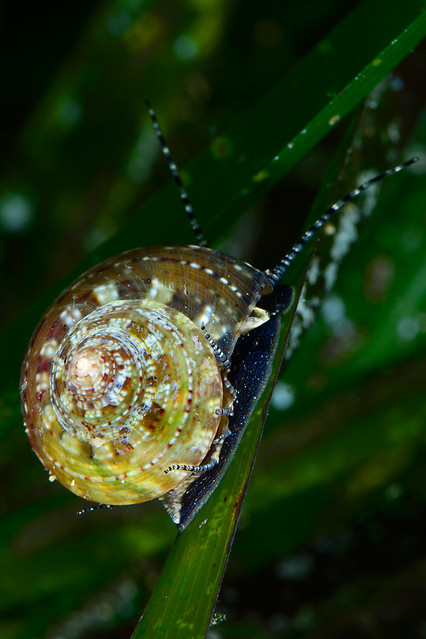
The main threat towards this snail is habitat alteration and destruction, which is why several marine protected areas have been declared, along with national, international, and EU legislation protecting the snail itself.
3. The Maltese Freshwater Crab / Il-Qabru, Il-Qranċ tal-Ilma Ħelu
(Potamon fluviatile lanfrancoi)
The Maltese Freshwater Crab lives in areas with a permanent source of freshwater, burrowing into sediment or inhabiting rubble walls next to a freshwater source. This crab is quite resourceful as its burrows can stretch to over half a metre in length, and have more than one opening – which can help the crab to escape if threatened by a predator. They can feed on leaves; fruit; and even animals such as large insects and snails.
Since it requires a constant supply of freshwater, the Maltese Freshwater Crab’s distribution around the islands is restricted. This species has become quite rare and endangered due to a number of threats, such as water abstraction; loss of habitat; freshwater pollution from agricultural pesticides; and human persecution.
Protected by the Environment Protection Act, it is illegal to deliberately disturb, capture or kill, attempt to kill, keep or transport any specimen of this species without an official permit from the Environment and Resources Authority.
4. The Maltese Wall Lizard / Il-Gremxula ta’ Malta
(Podarcis filfolensis)
The Maltese Wall Lizard is quite common, especially during summer. What’s unique about it is that it’s endemic to the Maltese and Pelegian Islands, with four of its five subtypes being found in Malta. The most common subtype is found across the Maltese Islands, while the other Maltese subtypes are restricted to Filfla (pictured here), Fungus Rock, and St Paul’s Islands. They also have differently coloured bodies.
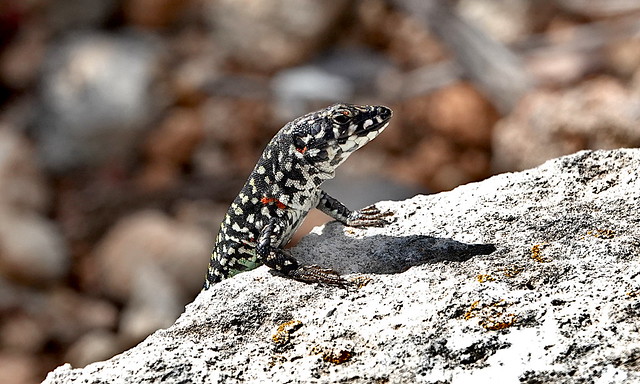
This species can be found in both rural and urban areas, such as garrigue, dry stone walls, fortifications, gardens, and old houses. Strangely, the Maltese Wall Lizard is considered to be ‘highly opportunistic where its diet is concerned’, as it feeds on invertebrates as well as human food remains.
5. The Maltese Ray or Maltese Skate / Ir-Raja ta’ Malta
(Leucoraja melitensis)
This species is found in the Mediterranean sea, off the coasts of Malta, Italy, Tunisia, and Algeria.
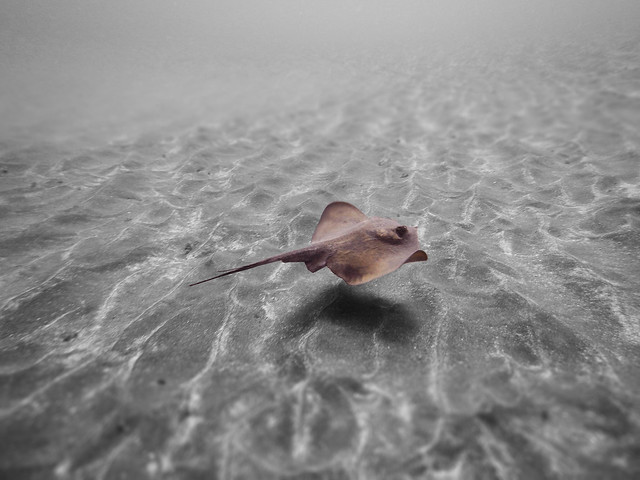
Unfortunately, the Maltese Ray is critically endangered, as it is threatened by habitat loss.
6. The Maltese Ruby Tiger Moth / Ir-Rubin
(Phragmatobia fuliginosa melitensis)
The Maltese Ruby Tiger Moth is a subspecies of moth which is endemic to the Maltese Islands.
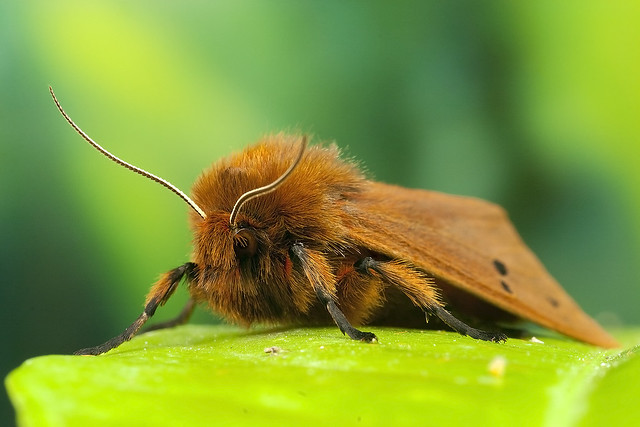
It was first described Otto Bang-Haas, a German entomologist and insect-dealer, in 1927 and it’s quite common throughout the Maltese Islands.
7. The Mediterranean Killifish / Il-Bużaqq
(Aphanius fasciatus)
The Mediterranean Killifish is native to Malta and endemic to the Mediterranean Sea. It is the only truly brackish water fish in Malta – meaning that it has a higher tolerance for varying levels of water salinity.
While the fish has been recorded in several localities around Malta and Gozo, recent surveys have shown that the species has disappeared or declined due factors stemming from human activity. These include habitat alteration, development, and pollution.

The species is legally protected on a national and international scale, and conservation efforts are being carried out by Nature Trust Malta and the Malta Aquaculture Research Centre (authorised by ERA).
8. Maltese rock-centaury / Widnet il-Baħar
(Cheirolophus crassifolius)
Endemic to Malta, the Maltese rock-centaury has been our national plant since 1973!
It was first discovered by Stefano Zerafa around 1830. The plant has thick spoon-shaped leaves, except for a variety with serrated leaves that can only be found in Gozo.
While the plant is generally scarce, it’s widespread in the wild such as on the western cliffs of Malta and in the limits of Wied Babu in Żurrieq. It can rarely be found on the southern cliffs of Gozo and it has also been cultivated in roundabouts. Unfortunately, Widnet Il-Baħar is threatened by habitat loss.
9. The Maltese Pyramidal Orchid / L-Orkida Piramidali ta’ Malta
(Anacamptis urvilleana), (Anacamptis pyramidalis var. sommeriana), (Anacamptis pyramidalis var. urvilleana)
The Maltese Pyramidal Orchid is endemic to the Maltese islands, and commonly encountered growing alongside other orchid species in local grasslands, karst landscapes, and garrigue environments.
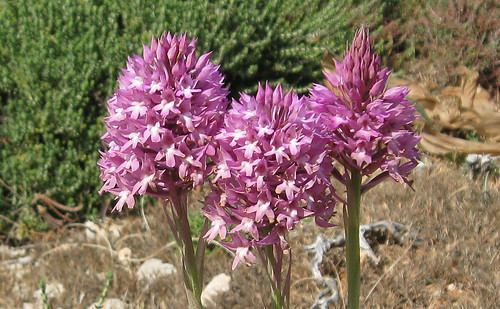
This species used to be collected and sold in markets due to the medicinal uses of its roots and tubers, but the practice has diminished. Trampling and illegal dumping poses a great threat to the Orchid’s survival, which is why it is protected by Maltese, international and European law. It cannot be picked or harmed without obtaining prior permission from the relevant authorities.
10. The Maltese Spider Orchid / Il-Brimba s-Sewda
(Ophrys melitensis), (Ophrys sphegodes subsp. melitensis)
Endemic to the Maltese Islands, the Maltese Spider Orchid is a relatively scarce species. The Orchid can be found in garrigue and steppe environments with damp, shallow soils and in oak and pine woodlands. It is also well-adapted to withstand arid environments.
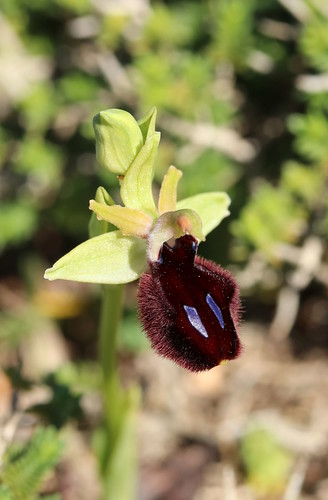
As is the case with any orchid species, the biggest threat to the Maltese Spider Orchid is collection, illegal dumping, trampling, and invasive species. This species has a favourable conservation status and is protected by all levels of legislation in order to safeguard it and its habitat.
Have you seen any of these lately?
richoman_Europe/Flickr, Oceana Europe/Flickr, @ben_lanius/Instagram, Nick Dobbs/Flickr, Alexandra Florea/Flickr, Gordon Zammit/Flickr, Rolando CRINITI/Flickr, @ruralmalta/Instagram, Alan Edwards/Flickr, Chris Kirby-Lambert/Flickr